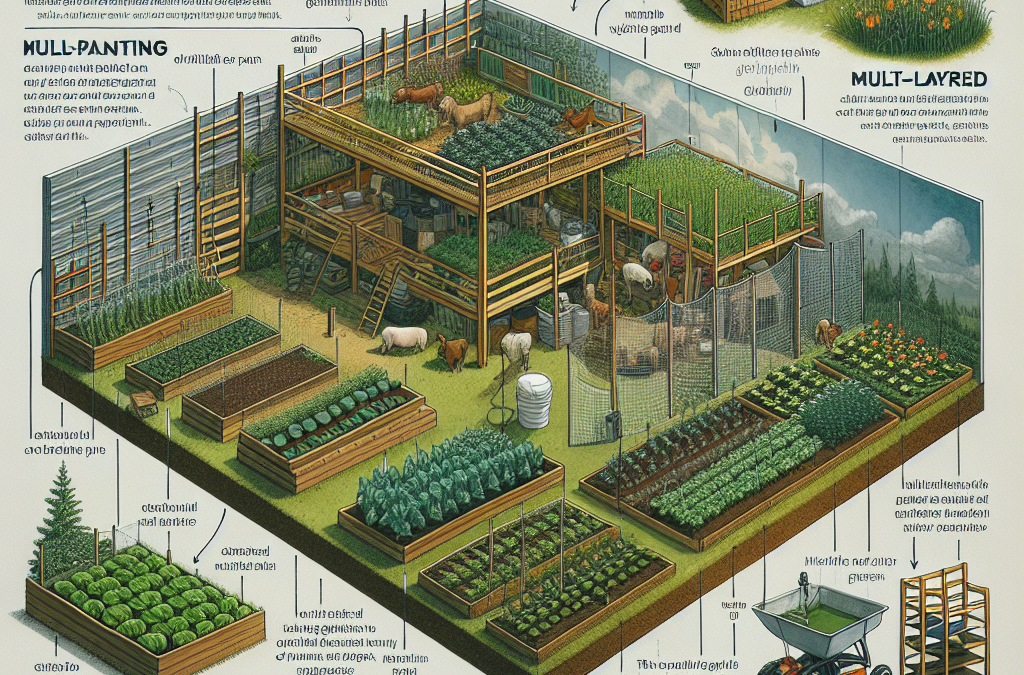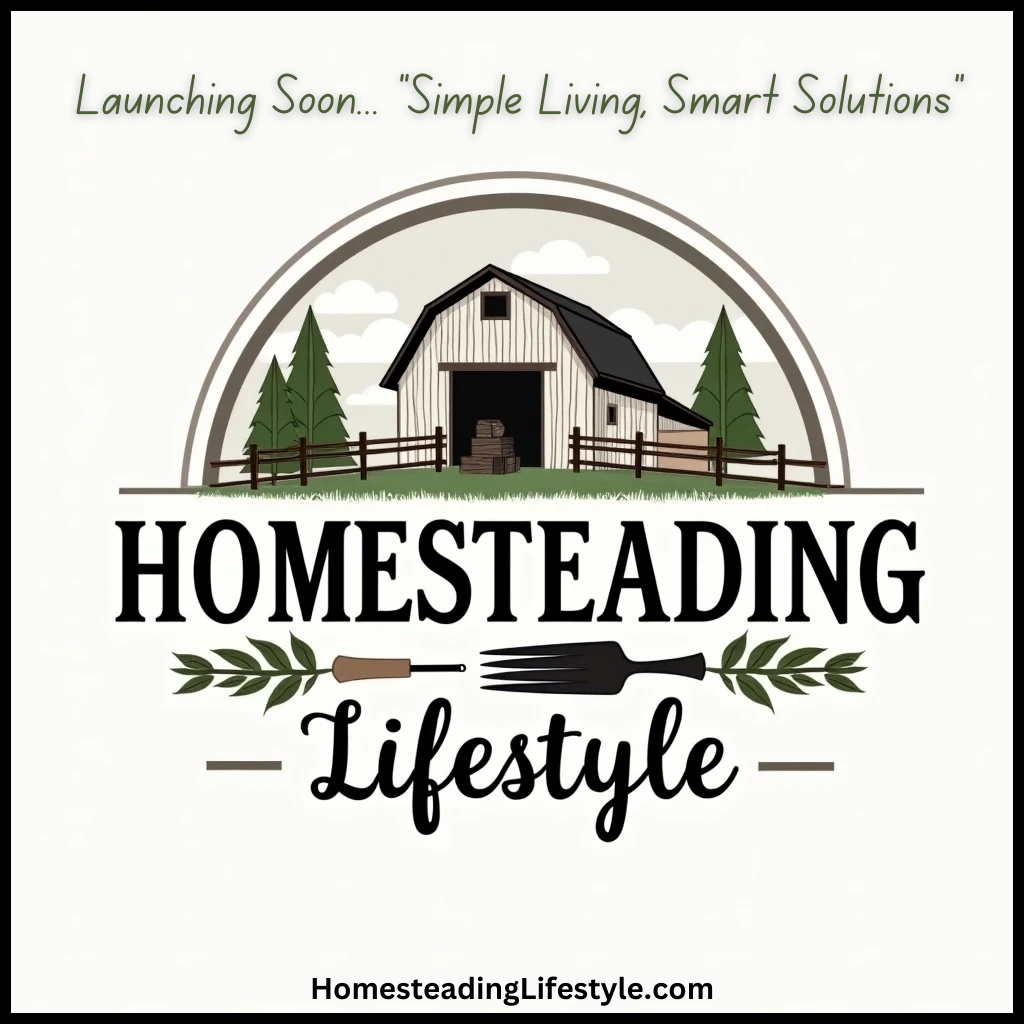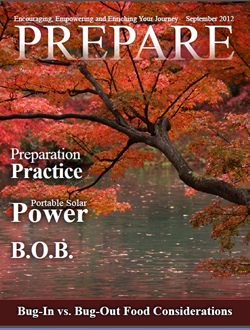Hey there, fellow home farming enthusiasts! Today, I’m super excited to share some of the best practices I’ve discovered to really make the most out of our little green havens. Whether you’ve got a sprawling backyard or a modest patch of earth, these strategies will help you optimize every inch. Let’s dive into five key areas that have made a world of difference for me.
1. Vertical Gardening Techniques
Understanding Vertical Space
When I first started farming at home, I quickly learned that we often overlook the vertical space we have. You don’t always need to spread out; sometimes you just need to go up! By utilizing shelves, pots, and trellises, you can double or even triple your planting space without expanding your footprint.
I love using wall-mounted planters for herbs. It not only saves space but also brings some vibrant greenery to my walls. Additionally, climbing plants like peas, cucumbers, and beans are perfect for trellising. They grow upwards, allowing me to keep the ground clear for other crops.
So, if you haven’t yet thought about maximizing vertical space, trust me, it’s a game changer. Plus, it can add a whole new aesthetic to your garden—who doesn’t enjoy vertical bursts of color?
Creating a Vertical Garden
Designing a vertical garden can be a fun project. I started by finding some old pallets and transformed them into a glorious vertical planter. After some sanding and a fresh coat of non-toxic paint, they became the perfect backdrop for a variety of herbs and flowers.
Another cool idea I’ve tried is using hanging pots. Utilizing hooks or wire to suspend pots from the ceiling or walls gives you an attractive way to display plants without hogging valuable floor space. It’s a quick and easy win!
So, before you rake and till more land, consider reaching for the skies. It’s an efficient way to grow while maintaining a clean and organized farm area.
Choosing the Right Plants
Not all plants are created equal when it comes to vertical gardening. Some thrive in upward situations while others prefer to sprawl. I’ve found that herbs like basil or mint do fabulously well when grown vertically compared to more sprawling varieties.
You should also focus on plants that have climbing abilities. Things like cherry tomatoes can be trained up a trellis, giving you both fruit and space savings. Be sure to pay attention to the sunlight needs and watering requirements, though—it’s easy to create a patch that looks good but doesn’t thrive.
Experimenting with the right plants can lead to so many fun discoveries. I honestly didn’t expect how well my vertical garden would take off, but now it brings me joy every day.
2. Companion Planting
What is Companion Planting?
Companion planting is one of those fantastic techniques that I stumbled upon through trial and error. It involves planting certain species together that can benefit one another in various ways—like pest control or pollination. Seriously, it’s like planting a buddy system in my garden!
For instance, I learned that tomatoes and basil not only taste great together but also thrive together in the garden. Basil can repel pests that would typically try to munch on tomatoes. Who knew gardening could have its own little mutualism going on?
It’s fascinating to see how different plants can support each other. The relationships can improve growth rates and create a more resilient plot overall.
Pest Management through Companionship
Pest control is always a concern for us growers, right? I’ve had some success in deterring pests simply by adding companion plants. For example, marigolds planted near my carrots have kept pesky nematodes at bay while adding a pop of color.
This natural approach to pest management is amazing, and it really gives you a sense of harmony in the garden. It feels good knowing that I’m not just battling with chemicals but creating a balanced ecosystem.
Plus, I’ve found that healthy plants lead to fewer pests in the first place. So, the companion planting strategy not only optimizes my space but also enhances plant health.
Planning Your Companion Layout
Now comes the fun part—planning! I recommend jotting down a simple garden map to visualize where each plant will go. This helps in ensuring that both the height and character of each plant complement its neighbor.
As I developed my garden layout, I experimented with different plant combos. I started documenting which plants worked well together and which didn’t. It’s like gardening journaling that can really enhance future seasons.
Make sure to consider how each plant grows throughout the season. Planting high-growing varieties on the north side of shorter plants ensures no one is overshadowed.
3. Efficient Use of Raised Beds
Benefits of Raised Beds
Raised beds have been a lifesaver for me, especially when it comes to maximizing space. Not only do they provide better drainage, but they also extend the growing season since the soil warms up faster in spring.
My favorite part? They’re customizable! I could build them to any size that suits my space requirements perfectly. Whether you have a narrow area or a large backyard, you can adjust these beds to fit.
It’s like crafting your own little garden ecosystem. The lift helps with pest management too since it deters some critters from easily accessing the plants.
Square Foot Gardening
If you haven’t heard of square foot gardening, you’re in for a treat! This technique promotes planting in a grid, ensuring efficient planting density. I’ve tried it out and the results are pretty fantastic, boasting a high yield from a smaller footprint.
Here’s the trick: I only plant a certain number of crops in a square foot based on their size. So, I might squeeze in 16 radishes or just one larger tomato plant in that same space.
This planting strategy has not only been efficient but has also added aesthetic appeal; the organization feels so satisfying!
Crop Rotation with Raised Beds
Crop rotation is another game-changing practice I’ve embraced in my raised beds. It allows me to maintain the soil quality and minimize pests and diseases by changing what I plant every season.
By rotating crops between different beds, I can optimize nutrient uptake and maintain a healthy ecosystem without too much hassle. It keeps my garden dynamic and interesting throughout the year.
Moreover, keeping track of what I plant where has become an enjoyable challenge rather than a tedious task. It’s almost like a fun puzzle to figure out each year!
4. Container Gardening
Choosing the Right Containers
Container gardening has really opened up a world of possibilities for me! Choosing the right containers is crucial, and I’ve learned that it really pays off to consider material and size. I love using terracotta pots because they’re breathable, but I also experiment with plastic ones for their lightweight qualities.
Make sure that the pots you pick have proper drainage holes; I can’t stress this enough! Over-watering can lead to all kinds of issues, and nobody wants that. Also, consider the plants’ root systems when picking the size—larger plants need more space!
Plus, these containers can be moved around easily, which is perfect for sun exposure adjustments and aesthetic changes in the garden.
Utilizing Small Spaces
Container gardening shines when it comes to limited gardening spaces. I’ve managed to create a marvelous herb corner with just a few pots on my small balcony. They add greenery to the spaces where traditional in-ground planting isn’t feasible.
Another tip—stackable planters are a fantastic option if you’re short on square footage. I’ve found that creating a vertical garden with these planters gives me a bounty of herbs without requiring much ground space.
With container gardening, the possibilities are practically endless! From veggies to flowers, if you get creative, you can utilize every corner of your home for a little gardening magic.
Mobility and Flexibility
One of the greatest joys I find in container gardening is the flexibility it provides. If there’s a night where frost threatens, I can easily bring plants indoors. It’s also a delightful way to change the layout of my garden whenever I feel like it.
Being able to experiment and switch things up has sparked my creativity. I love changing the color scheme with flowers, planting fresh herbs based on my cooking inspirations, or arranging spaces according to the seasons.
Ultimately, container gardening has helped me learn the importance of adaptability in farming. Just like life, things don’t always go according to plan, and being flexible lets me adjust for success!
5. Seasonal Planting Strategies
Understanding Grow Seasons
Timing is everything in home farming! By understanding the different grow seasons, I’ve been better equipped to utilize my space efficiently. There are some plants that thrive in early spring, while others won’t be ready until the heat of summer.
For me, planning has become a ritual I enjoy; mapping out each phase of plant growth gives me insight into when to rotate or fill spaces. I often check local frost dates to ensure I’m starting seeds at the right time.
Each season brings its own beauty to the garden, and by respecting these cycles, I maximize productivity without overcrowding.
Succession Planting
Succession planting has been a revelation in my gardening journey. By staggering plantings, I can consistently harvest crops throughout the season. For example, I’ll plant a batch of lettuce, and after a few weeks, I’ll plant a new batch in the same space.
This method keeps my salad bowl full and my space busy. The cool thing is that I also minimize the downtime in between harvests. It really is about making every inch of soil count!
Plus, I enjoy trying out new varieties each succession, which has made my gardening both productive and exciting.
Winterizing Your Space
As the colder months approach, I discovered that winter doesn’t mean an end to my gardening endeavors. I can maximize space by embracing cover crops or even growing certain veggies in cold frames!
By planting fall crops like kale or garlic, I’ve managed to have fresh produce through chilly months. Winterizing my garden means keeping it alive and bustling even in the off-season.
Don’t pack it up just because the temperatures drop; there’s a world of winter gardening opportunities out there waiting to be explored!
Frequently Asked Questions
1. What is the best way to start vertical gardening?
The best way to start vertical gardening is by assessing your available space and choosing appropriate plants that will grow well upwards, such as climbing beans or cherry tomatoes. You can incorporate trellises or wall-mounted planters for foliage and herbs.
2. Can I combine all plants in container gardening?
While you can combine plants, it’s crucial to choose compatible varieties. For instance, pairing herbs with flowers often works well, but avoid combining deep-rooted plants with shallow-rooted ones in the same container to prevent competition.
3. How do I manage pests naturally in my small farm?
Companion planting is a fantastic way to manage pests naturally. By planting certain species together, you can deter pests and enhance plant health, reducing the need for chemicals. For instance, planting marigolds can help ward off various insects!
4. What should I consider when building raised beds?
When building raised beds, consider the size and depth based on the plants you want to grow. Ensure that you have good drainage, and think about using a variety of soil components to ensure nutrient richness.
5. Is succession planting really worth it?
Absolutely! Succession planting allows you to make the most out of your garden space throughout the growing season. It leads to consistent harvests and can be a fun way to experiment with different varieties and crops!
I hope you’ve enjoyed this little guide! Remember, maximizing your home farm space doesn’t have to be daunting. With a bit of creativity and care, you can turn any area into a vibrant and fruitful place. Happy farming!





